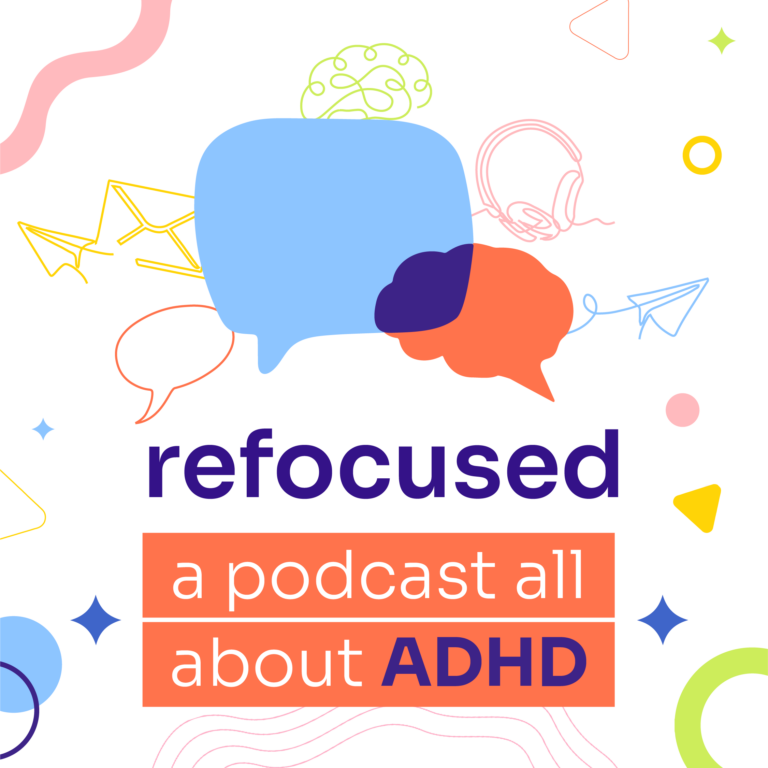
According to the World Health Organization, adults with untreated ADHD lose on average 22 days of productivity per year. Employees with ADHD are 30% more likely to have chronic employment issues, 60% more likely to be fired from a job, and three times more likely to quit a job impulsively than their non-ADHD counterparts.
Why should employers care about these realities?
A study published in the November 23, 2020 issue of the Journal of Attention Disorders found employees with ADHD tend to be more curious, creative, imaginative, innovative, strategic risk takers, inventive and out-of-the-box thinkers. With a few simple accommodations, they have a lot of positives to bring to the work place.
“That person was hired because they do something well. They have an expertise, skill, and personality that goes well with that particular job and function,” says Linda Anderson, a professional, business and life coach specializing in ADHD and based in Doylestown, Pa. “And they probably have a good degree of intelligence, creativity and ability to think outside the box. The issue is how to help them demonstrate that effectively in the workplace, which usually just takes a few easy adjustments.”
Colleen McManus, an executive leadership consultant and coach and human resources executive in Phoenix, Ariz., adds: “Just like individuals with any other disability, people with ADHD can contribute significantly to the success of the employer and the workplace when we are aware of what their needs are, and can help them to be their most productive.”
Investing in your employees also improves morale and retention. People with ADHD who feel supported by their employers tend to feel a great deal of loyalty and responsibility to bring their “A” game.
“Turnover is expensive. Replacing people, training them and all that — it’s expensive, it’s time consuming, and work time lost,” says Belynda L. Gauthier, a board member and immediate past president of the non-profit Children and Adults with Attention-Deficit/Hyperactivity Disorder, or CHADD. “And just the general atmosphere, the culture of high turnover is bad. It’s certainly better for all employers to have employees who come in, settle down, get the work done and are content at their work.”
So, for all these reasons, it makes good business sense to offer support to your employees with ADHD. Here is how to do that:
- Examine your office culture. Does it support employees with ADHD who reveal their diagnosis to your human resources department when asking for accommodations for accommodations? Or will coming forward end up hurting them in the long run? Make sure everyone in your company understands the Americans with Disabilities Act. Let employees know you are committed to making reasonable accommodations whenver you can.
- Ask employees what they need. “I have found a lot of people with ADHD to be quite educated in their own situation,” says McManus. “They can bring a more educated perspective to the table just because of some of the challenges that they’ve already had to deal with.” Sometimes the solution is as simple as a wobble seat — a stool that rocks and swivels to accommodate the need to fidget — that the employee knows through experience works for them.
- Don’t micromanage. Once you’ve established accommodations, don’t breathe down an employee’s neck. Give them the same respect that you give any other employee. Do check in periodically to see if the employee feels the changes are working or if they need to be tweaked.
Helpful Accommodations
Sometimes, some very simple aids can make huge differences. Most important: Remember that no one person is the same as another. What worked for one employee might not work for someone else. Trial and error are needed to find what suits an individual. But here are some basic recommendations from experts:
- Give assignments, training manuals, directions and instructions in writing so employees can easily refer back to them.
- Give checklists.
- Assign employees a quiet place to work.
- Allow employees to work odd hours if necessary — early mornings or evenings might be quieter and less disruptive.
- Allow employees to use white noise earphones, classical music or rain sounds to reduce distracting noise.
- Break work tasks down to smaller, more manageable sizes.
- Allow employees more time for completing work, including intermittent breaks to get up, regroup and move around.
- Allow employees to use timers to keep them on task
- Provide employees with voice recognition software for writing reports
- Make sure all meetings — including online meetings — are essential.
- Body doubles. This might be two workmates, each working on his or her own project. It doesn’t matter if each have separate projects or in separate departments. They agree to work for a set period of time, say an hour. At the end of the hour, they check in and see if they each accomplished their goal. They can agree to work for another set period of time and extend it or reconnect the next day. “This puts accountability, but not supervision into the agreement,” says Anderson. “It creates chosen focused pressure and not doing it alone.”
Remember: Some employees may be undiagnosed or diagnosed but untreated
About four percent of adults in the United States have ADHD, yet under 20 percent of that four percent have been diagnosed and/or treated, according to the Society for Human Resource Management.
Employees may not seek a diagnosis or treatment for ADHD due to assessment wait times of eight to 12 months, or because out-of-pocket costs can exceed $2,000. (ADHD Online might be an alternative: its doctoral-level psychologists complete assessments within two to five days for $149, which is reimbursable by most health plans, Flexible Spending Accounts and Heatlh Savings Accounts. Any resulting diagnosis can become the basis for developing a medical or behavioral therapy treatment plan. That treatment can come through the employee’s own medical care team, or through ADHD Online’s network of telehealth providers.)
But for the many employees who may remain undiagnosed — even for those who appear to be struggling at work — “you can’t just go and ask if they have ADHD,” cautions Gauthier. “But there are ways to ask without using the term. Ask if there is something the company can do to make this work easier? Do they need more training? Is the sound bothering them and would it help to have headphones? Make it clear that you are there to help.”
Employers: Educate yourself
Learning as much as you can about this disability will help you work better as a team with your employees with ADHD. There are many organizations that provide great resources. Among them:
“Remember, you have one of the best resources right in your office: Your employees with ADHD,” says McManus.
Ask your employees with ADHD to talk about their experiences of what worked, what didn’t and why with your company management and your human resources department. “If you facilitate some discussion on a panel, have an open dialogue and answer questions, that helps educate everybody that much more about it, and makes your employees feel valued,” she says.
Gauthier adds: “I find with many folks with ADHD, if they find their niche, they may be the best employees you ever had.”






